Sara Snoddy // Contributing writer
The word “quaint” describes the stage at Murfreesboro’s Center for the Arts, and that is certainly what set designer Shane Lowry and director Bill Stewart want to project.
The initial sequence of Harvey takes place in the old Dowd family mansion. The cozy set, dressed as a personal home library, holds wingback chairs and a bookshelf stocked with Jane Austen novels. The fireplace is complete with the portrait of the old mother Dowd, a stern matriarchal figure peering out from above the mantle, who bequeathed her property and assets to her one and only son: Mr. Elwood P. Dowd, one of the sweetest men you would ever have the pleasure to meet.
Of course, he’d first have to introduce you to his best friend, an imaginary talking rabbit named Harvey, at which time you may never wish to speak to him again.
Mary Chase’s 1944 play, Harvey, a purposeful comedy written toward the end of WWII, seems to be more of an ode to the meaning of life than it is a comment on the mental health of the kooky cast. By the final act, it seems as if everybody begins to lose it just a bit; everyone, that is, except for the one man who claims to see an anthropomorphic white rabbit.
The charming actor John Green lives and breathes his role as Mr. Dowd, a cheerful yet naïve gentlemen who is subconsciously resisting the idea of being a “normal person.” Harvey, his best friend and loyal companion, is a “Pooka,” a Celtic legend of a spirit that takes animal form and appears to certain people. Harvey stands at a debatable 6 feet 3.5 inches tall.
Unfortunately for Elwood, he is the only one who can see the tall rabbit.
Dowd’s socialite sister, Veta Louis Simmons, and his sniveling niece, Myrtle Mae, decide they can no longer bear dealing with his eccentricity. They try to have him committed to the local sanitarium in order to spare them from further embarrassment. As Veta, actress Cyndie Verbeten is fitful and snobbish, but not entirely unsympathetic, and her and Green’s believable performances are the best of the night.
Handsome but egotistical, Dr. Lyman Sanderson and the sassy Nurse Ruth Kelly are flirtatious practitioners who inadvertently commit Veta instead of Elwood after she admits to having seen Harvey in the past, to her own abject horror. Sidney Hicks is vivacious and bright in the role of Kelly, but much of the later scenes revolve around a limp Dr. William Chumley, portrayed by Christopher Hawkins, who is the only psychiatrist who can see that Elwood is the ‘crazy’ one.
Hawkins’ natural comedic pacing is refreshing, and very few scenes extend longer than they should. But perhaps more important than Harvey’s laughs was its startling depth. In the end, Harvey is not merely a hallucination or apparition, but he is a symbol of kindness and a representation of escape from worldly troubles and anxieties.
“You will not see the rabbit, but you will see your responsibilities and your duties,” Dr. Sanderson claims while trying to convince Elwood that an injection to “cure” him would be in his best interests. However, the timely arrival of a smart-mouthed cabby has Veta changing her mind on a cure that would turn her brother into an angry, hard-hearted, “normal human being.”
Ultimately, Elwood convinces everyone that it is better to be happy and kind than it is to be normal. And maybe just the best of us are lucky enough to have a rabbit for a friend.
“Harvey” runs through Sept. 20. at Murfreesboro Center for the Arts. For more information, go to boroarts.org or call 615-904-2787.
For more updates on community events, follow us at www.mtsusidelines.com, on Facebook at MTSU Sidelines and on Twitter/Instagram at@Sidelines_Life.
To contact Lifestyles editor Rhiannon Gilbert email lifestyles@mtsusidelines.com


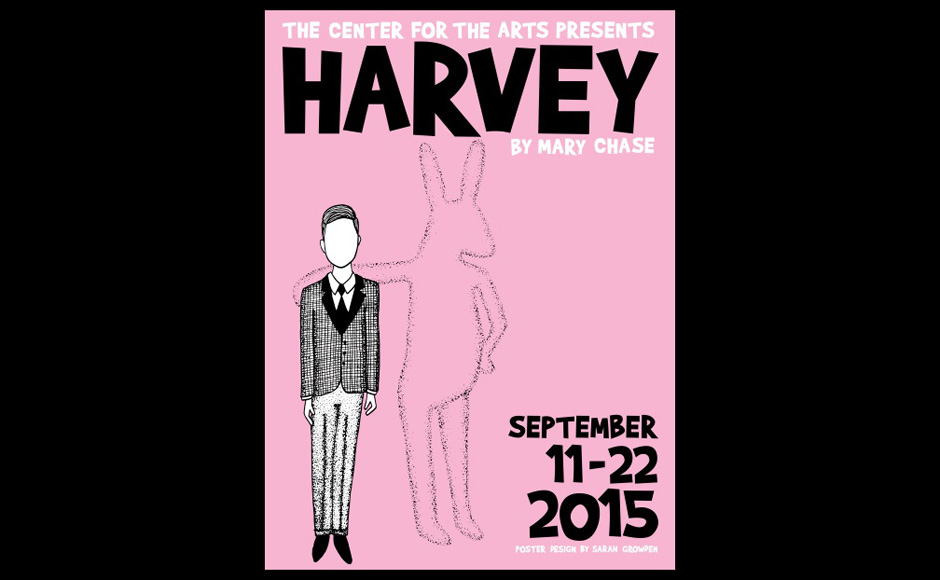

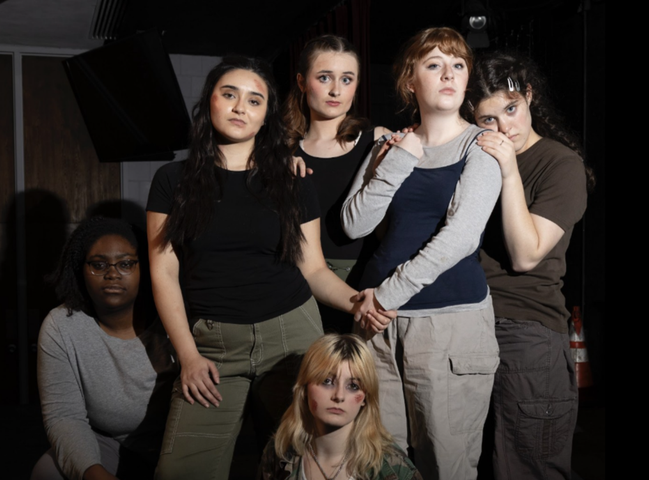
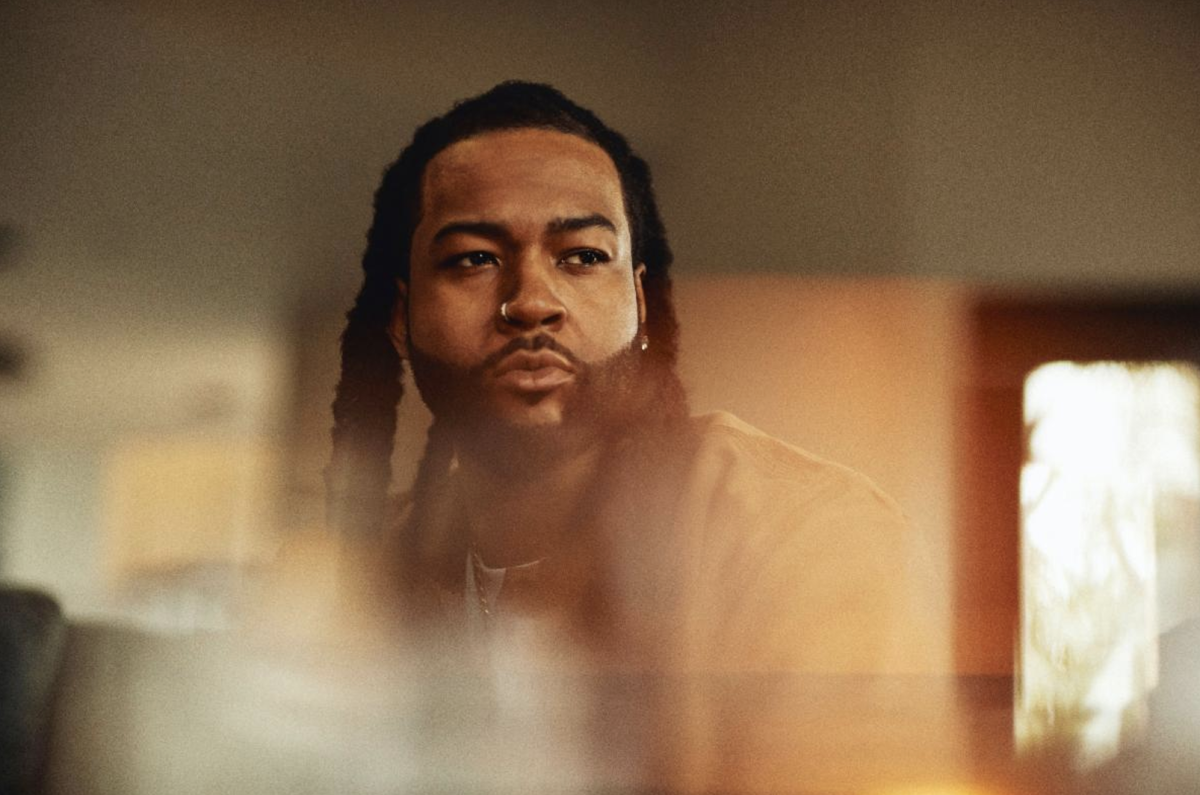
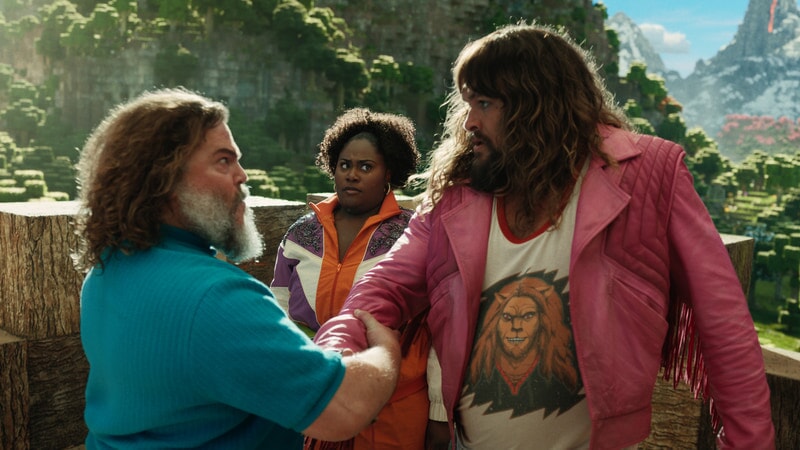
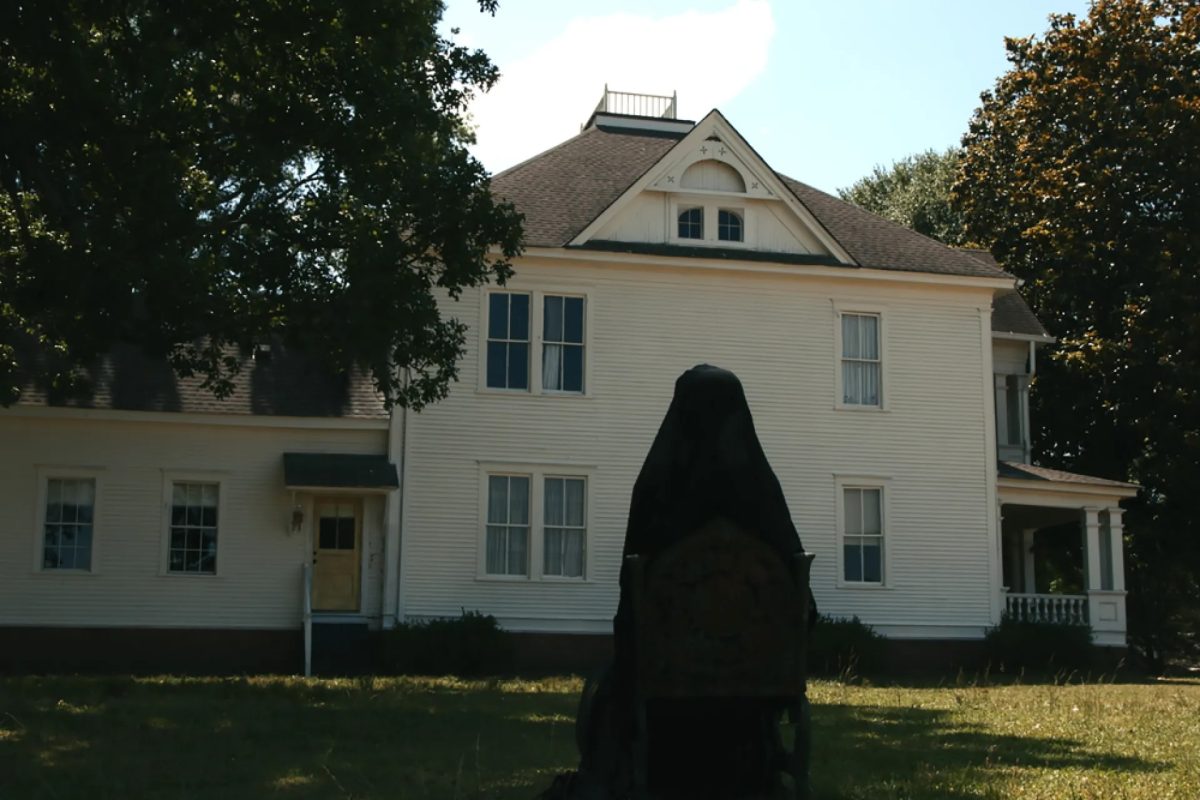




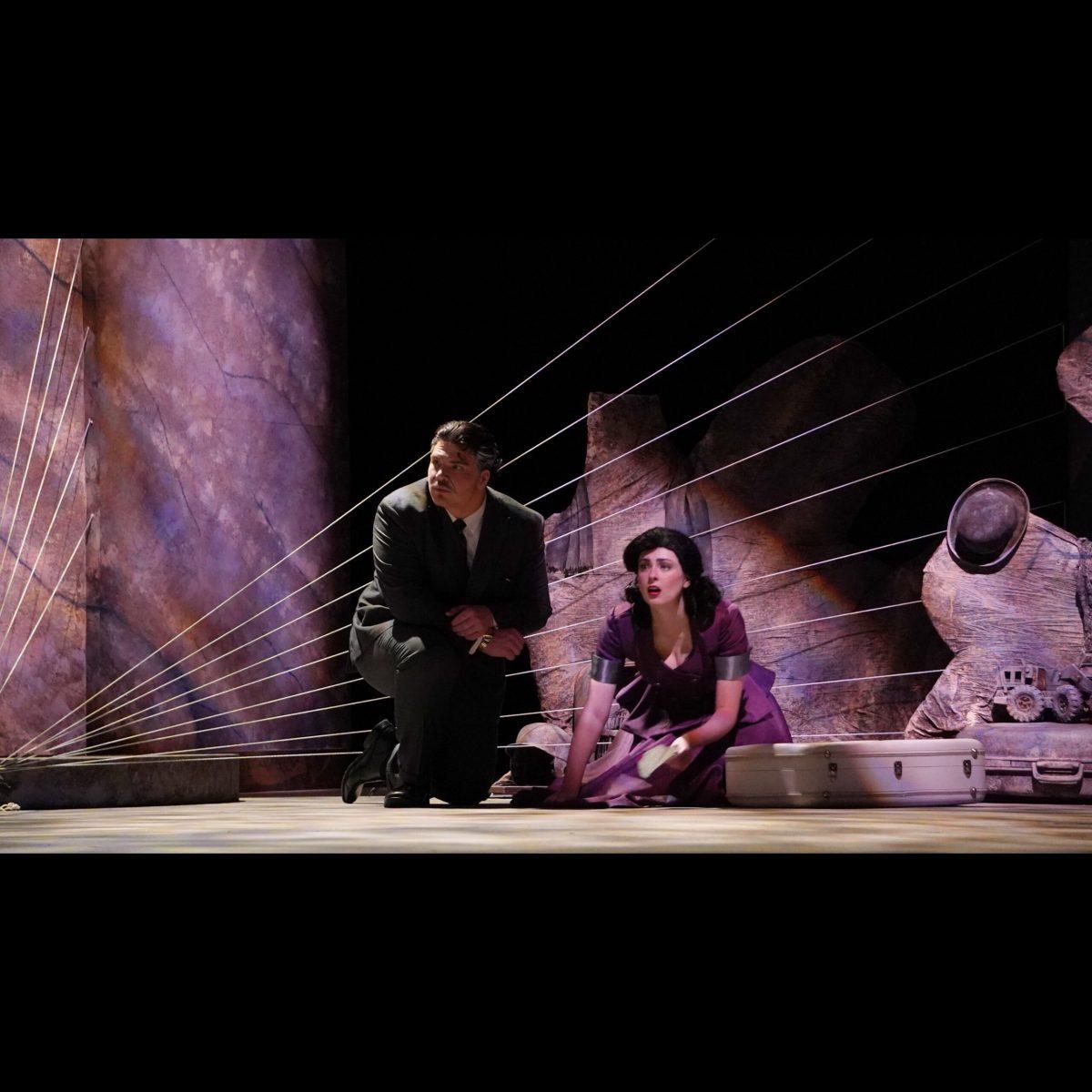
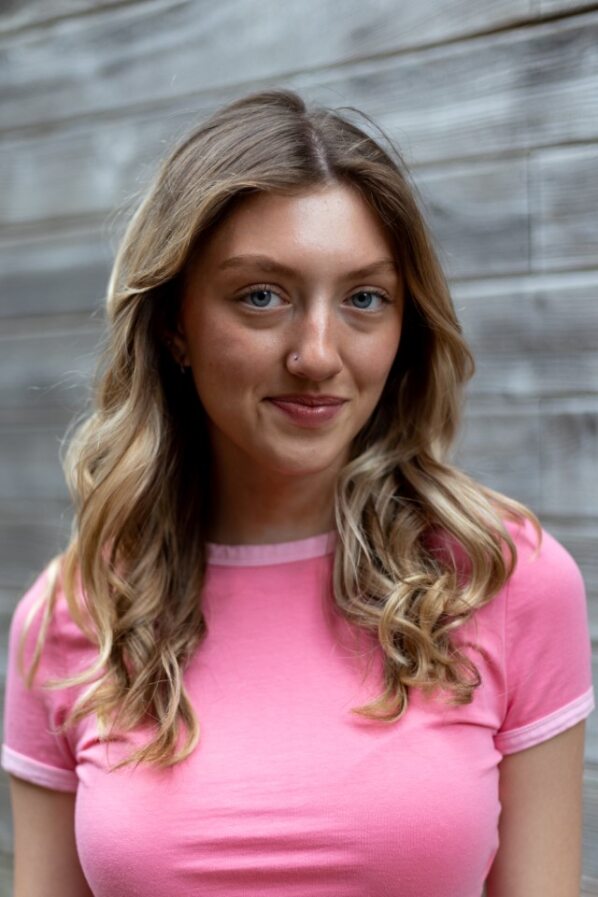
![MTSU Theatre students bring “[Title of Show]” to campus](https://mtsusidelines.com/wp-content/uploads/2024/03/IMG_5998-1-2.jpg)